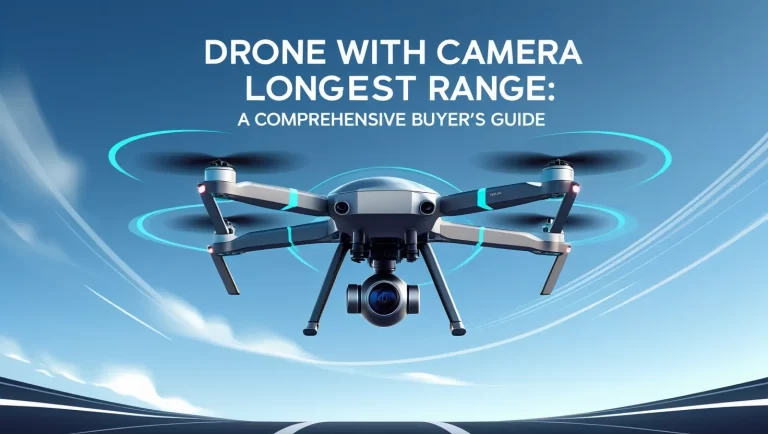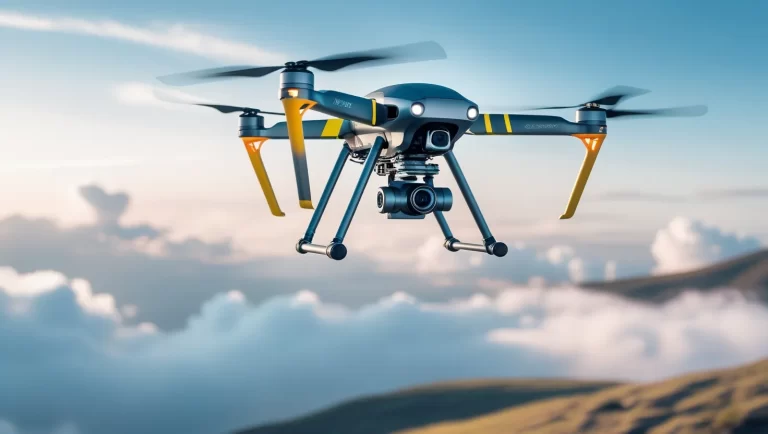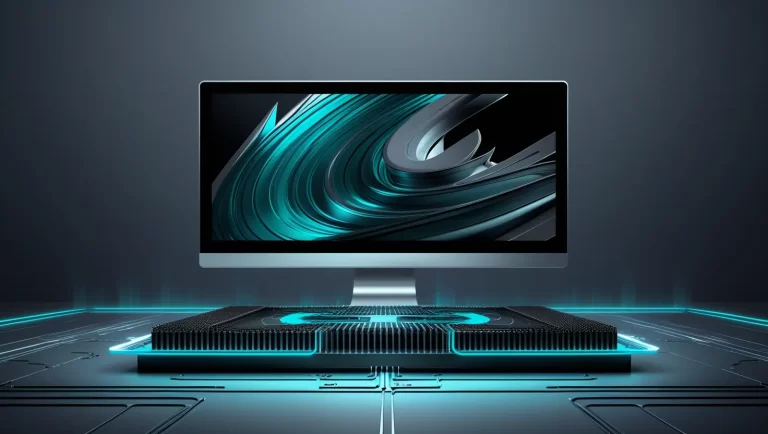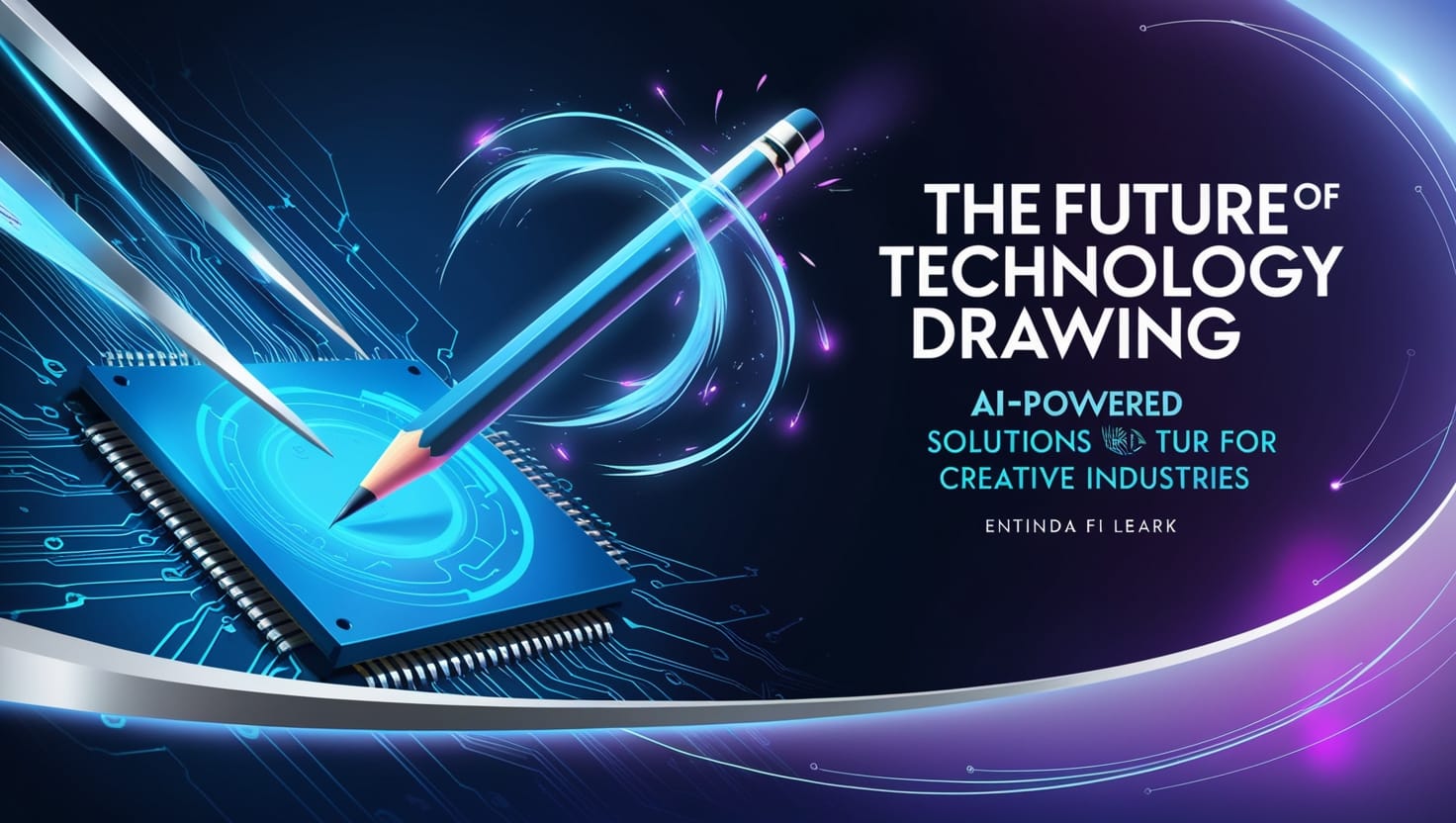
The Future of Technology Drawing: AI-Powered Solutions for Creative Industries-As technology continues to evolve, the world of creative industries is experiencing a significant transformation. One of the most exciting developments is the rise of AI-powered solutions in technology drawing. This innovation not only enhances creativity but also streamlines processes, allowing artists, designers, and creators to push boundaries like never before. Let’s explore the future of technology drawing and how AI is shaping it.
The Rise of AI in Creative Fields

Artificial Intelligence (AI) has made significant inroads into various sectors, and the creative industry is no exception. By integrating AI tools into technology drawing, artists can now access powerful resources that help them visualize their ideas more effectively. From generating sketches to suggesting color palettes, AI can act as a collaborative partner, allowing creators to focus on what they do best—innovating and expressing their vision.
Enhancing Creativity Through Automation
One of the most appealing aspects of AI in technology drawing is its ability to automate routine tasks. For example, software can now assist in creating technical drawings or layouts, freeing up time for artists to concentrate on the more imaginative aspects of their projects. This automation does not replace the artist’s touch; rather, it complements it, providing a more efficient workflow. Imagine an architect sketching a building design while the AI suggests structural changes or aesthetics based on the latest trends and regulations. (Read More: Adapting to Change: The Role of the Technology Acceptance Model in Digital Transformation)
Smart Tools for Precision and Speed
AI-powered tools are designed to enhance precision and speed in technology drawing. These tools can analyze complex designs and provide real-time feedback, helping artists to refine their work instantly. This capability is especially beneficial in industries like fashion, architecture, and industrial design, where accuracy is paramount. With AI, artists can create intricate designs that are not only visually appealing but also technically sound. (Read More: The Role of Data Analytics in Shaping the Future of Technology Business Management)
Collaborative Creativity

The concept of collaborative creativity is taking on new dimensions with AI. In technology drawing, AI tools can be used to facilitate teamwork among artists, designers, and engineers. By providing a shared platform for ideas and feedback, AI encourages collaboration across disciplines. For instance, a graphic designer can use AI to generate various concepts, which can then be shared with a team of marketers and product developers. This collaborative approach not only fosters innovation but also ensures that every project benefits from diverse perspectives.
Personalized Learning and Skill Development
AI is also revolutionizing how artists learn and develop their skills in technology drawing. Adaptive learning platforms can analyze an artist’s work and suggest personalized tutorials or resources to help them improve. This tailored approach to skill development is particularly beneficial for those just starting their careers, as it provides them with targeted guidance based on their unique strengths and weaknesses. (Read More: Early Research and Development of 6G New Technology Promising Higher Speeds and Capacities)
The Democratization of Art and Design
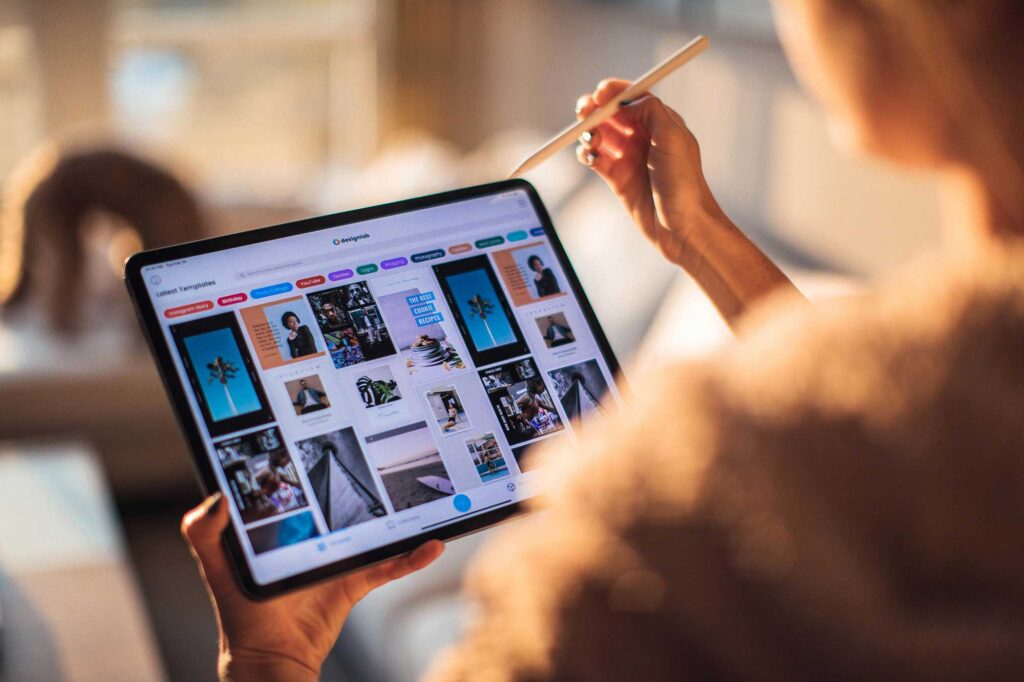
One of the most significant impacts of AI on technology drawing is the democratization of art and design. With user-friendly AI tools, individuals with little to no background in art can create stunning visuals and designs. This accessibility encourages a broader range of voices and ideas in the creative industry, fostering a more inclusive environment. As a result, we’re likely to see an explosion of creativity from unexpected sources, enriching the artistic landscape.
Challenges and Considerations
While the benefits of AI in technology drawing are immense, there are challenges that need to be addressed. One of the primary concerns is the potential loss of jobs due to automation. However, it’s essential to recognize that AI is not here to replace artists but to empower them. The human touch remains irreplaceable in creativity, and AI can be viewed as a tool that enhances artistic expression rather than diminishes it.
Another consideration is the ethical implications of using AI in creative fields. Questions around originality and authorship are becoming increasingly relevant. As AI tools generate artwork and designs, it’s crucial for the creative community to engage in discussions about intellectual property and the role of technology in shaping artistic integrity.
Conclusion: The Future of Technology Drawing
The future of technology drawing powered by AI is undoubtedly bright. As we continue to embrace these innovations, we can expect a surge in creativity, collaboration, and accessibility in the creative industries. Artists will have more tools at their disposal than ever before, allowing them to experiment and innovate in ways we can only begin to imagine.
AI is poised to redefine the landscape of technology drawing. By enhancing creativity, streamlining processes, and fostering collaboration, AI-powered solutions are not just tools; they are partners in the creative journey. As we navigate this exciting frontier, it’s essential to embrace these advancements while remaining mindful of the ethical considerations that accompany them. The future of technology drawing is here, and it promises to be a transformative era for the creative industries.
